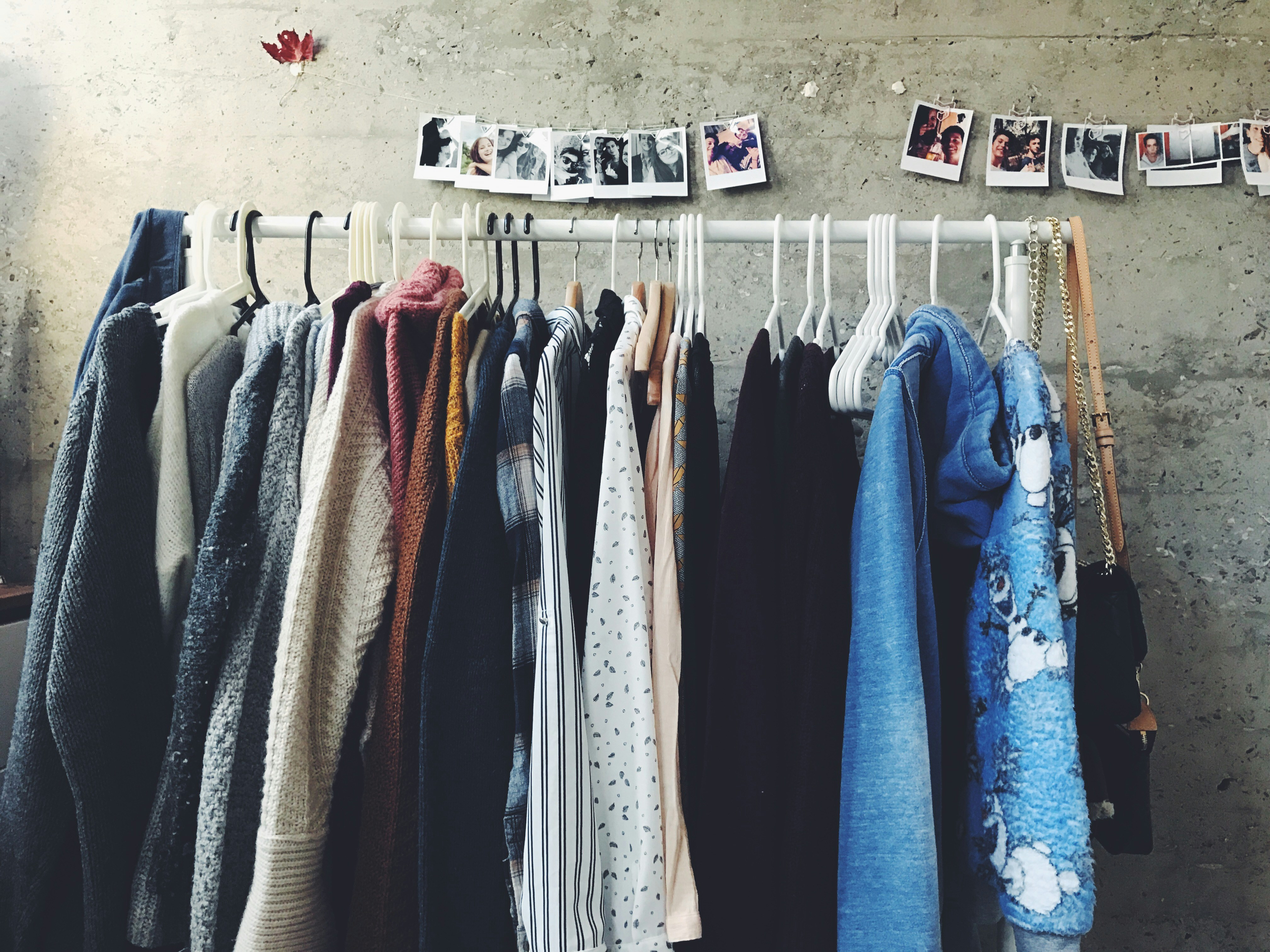Dopamine Dressing: The Science of Mood-Boosting Fashion
The intersection of psychology and fashion has birthed a vibrant new trend that's taking the style world by storm. Dopamine dressing, a concept that marries the art of self-expression with the science of neurotransmitters, is revolutionizing how we approach our wardrobes. This innovative style philosophy promises not just to transform our outward appearance, but to elevate our mood and overall well-being through strategic color choices and personal style curation.

This concept gained traction during the global pandemic when many sought comfort and joy in their clothing choices amidst uncertainty. Fashion psychologists noted a shift towards brighter colors and more expressive styles as people used their wardrobes to combat feelings of isolation and anxiety. What began as a coping mechanism has since evolved into a full-fledged fashion movement, with designers and consumers alike embracing the mood-boosting potential of thoughtful dressing.
The Psychology Behind the Colors
At the heart of dopamine dressing lies the strategic use of color. Different hues have long been associated with various emotional and psychological effects. For instance, warm tones like red and orange are often linked to energy and excitement, while cool blues and greens can evoke feelings of calm and tranquility. Yellow, often considered the happiest color, is a popular choice for those looking to infuse their wardrobe with positivity.
However, dopamine dressing goes beyond simply wearing bright colors. It’s about understanding your personal color associations and leveraging them to create a wardrobe that resonates with your emotional needs. For some, a crisp white shirt might symbolize a fresh start, while others might find confidence in a sleek black ensemble. The key is to identify which colors and styles genuinely make you feel your best.
Crafting a Dopamine-Friendly Wardrobe
Building a wardrobe that aligns with the principles of dopamine dressing requires introspection and a willingness to experiment. Start by conducting a closet audit, identifying pieces that consistently make you feel confident and energized. Pay attention to patterns, textures, and silhouettes that resonate with you on an emotional level.
Next, consider incorporating statement pieces that serve as mood lifters. This could be a vibrantly patterned scarf, a pair of shoes in your favorite hue, or a jacket with an unexpected pop of color. The goal is to create a collection of garments that not only look good but feel good to wear.
Remember, dopamine dressing isn’t about adhering to trends or following strict rules. It’s a deeply personal approach to fashion that encourages self-expression and emotional well-being. Don’t be afraid to mix unexpected color combinations or pair formal pieces with casual ones if it brings you joy.
The Impact on Consumer Behavior and the Fashion Industry
The rise of dopamine dressing has had a significant impact on consumer behavior and the fashion industry as a whole. Retailers have noted an increased demand for colorful, expressive pieces, leading to more diverse and vibrant collections. Many brands are now marketing their products not just for their aesthetic appeal, but for their potential to boost mood and confidence.
This shift has also sparked conversations about the role of fashion in mental health and self-care. Some therapists and life coaches are even incorporating elements of dopamine dressing into their practices, recognizing the power of clothing as a tool for emotional regulation and self-expression.
Balancing Trend and Timelessness
While dopamine dressing encourages bold choices and personal expression, it’s important to strike a balance between trend-driven pieces and timeless staples. Building a wardrobe that consistently boosts your mood requires a foundation of versatile, high-quality items that can be mixed and matched with more expressive pieces.
Invest in well-made basics in colors that resonate with you, then layer on trend-driven accessories or statement pieces to keep your look fresh and exciting. This approach not only ensures longevity for your wardrobe but also allows for daily mood-boosting without the need for constant shopping.
Dopamine Dressing: Practical Tips for Mood-Boosting Style
-
Conduct a color analysis to determine which hues complement your skin tone and make you feel most confident
-
Create a mood board of outfits and styles that inspire positive emotions
-
Experiment with color blocking to create visually striking and mood-elevating combinations
-
Incorporate textural elements like soft knits or luxurious silks to engage multiple senses
-
Don’t neglect the power of accessories—a bold necklace or vibrant handbag can transform a neutral outfit
-
Practice mindful dressing by setting intentions for how you want to feel before selecting your outfit
-
Rotate your wardrobe seasonally to keep your options fresh and exciting
-
Consider the psychological impact of patterns—geometric shapes for focus, florals for a sense of calm
As we continue to navigate an ever-changing world, the concept of dopamine dressing offers a powerful tool for self-expression and emotional well-being. By thoughtfully curating our wardrobes to align with our psychological needs, we can harness the mood-boosting potential of fashion in our daily lives. Whether through a pop of color, a cherished accessory, or a perfectly tailored suit, the clothes we choose have the power to not only reflect our mood but to actively shape it. Embrace the science of style, and let your wardrobe become a source of daily joy and empowerment.





